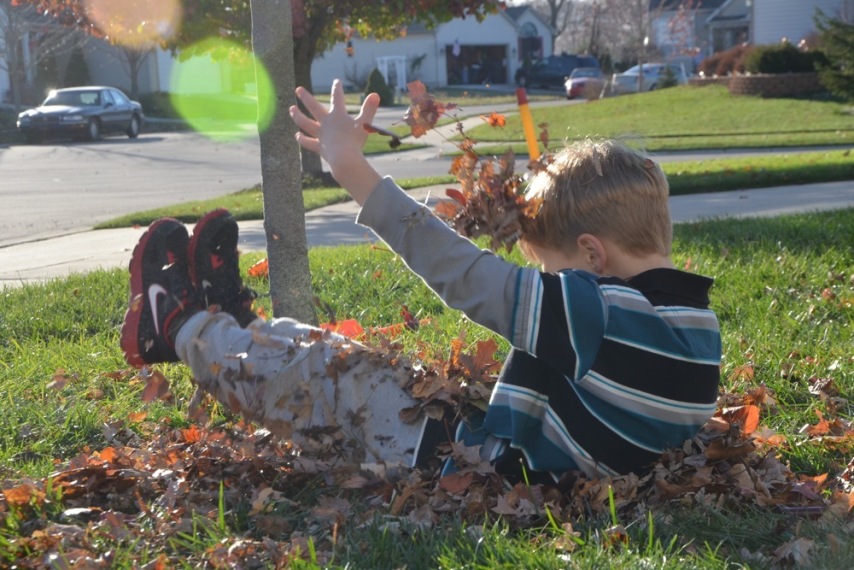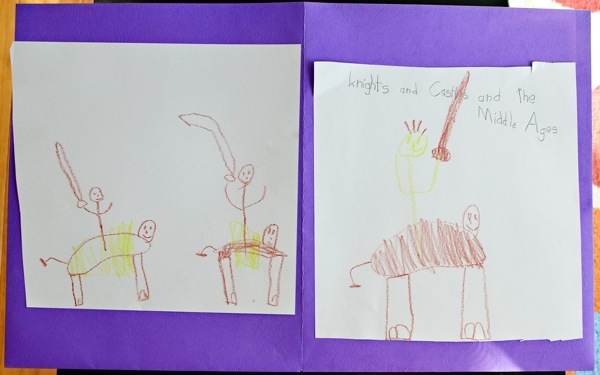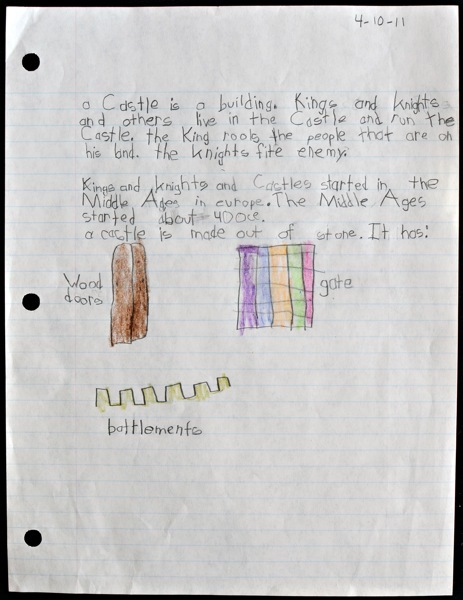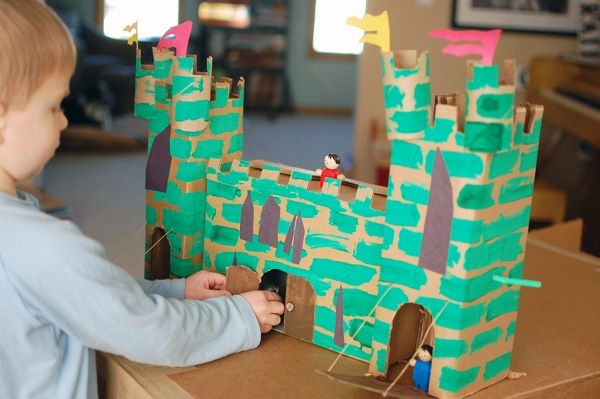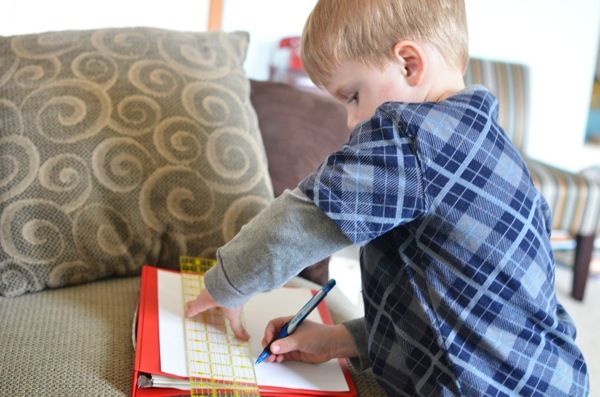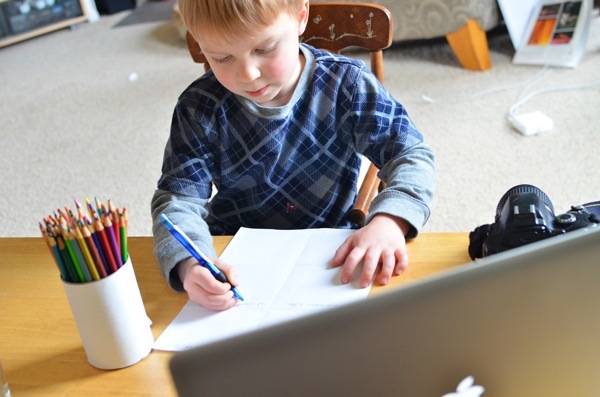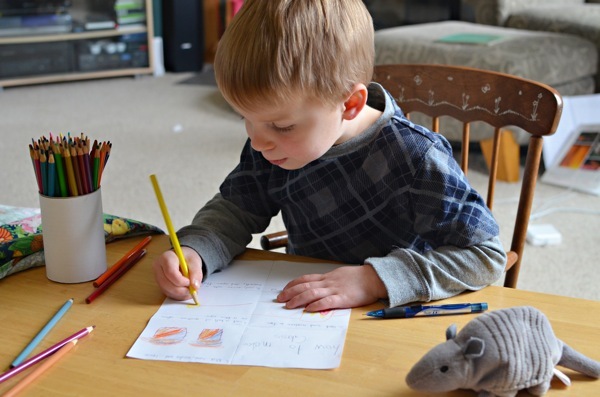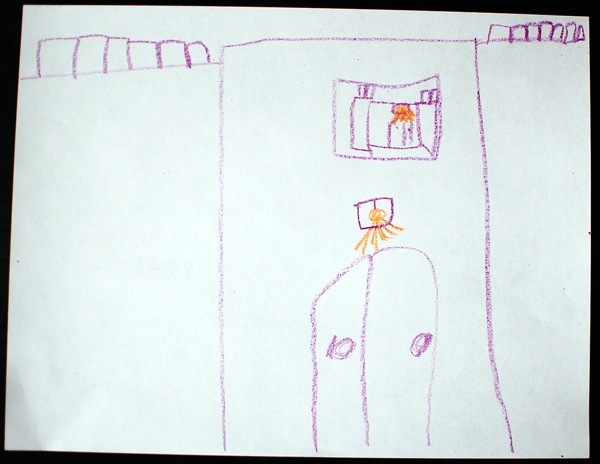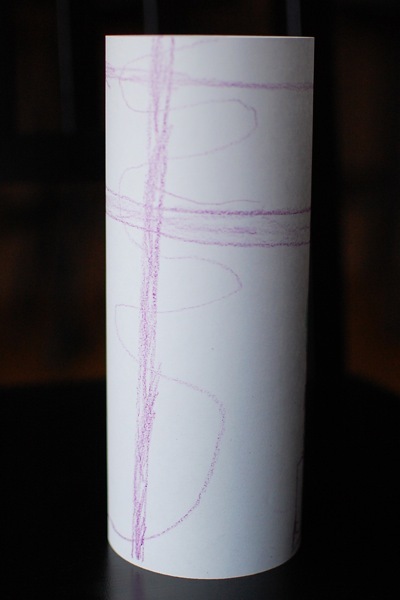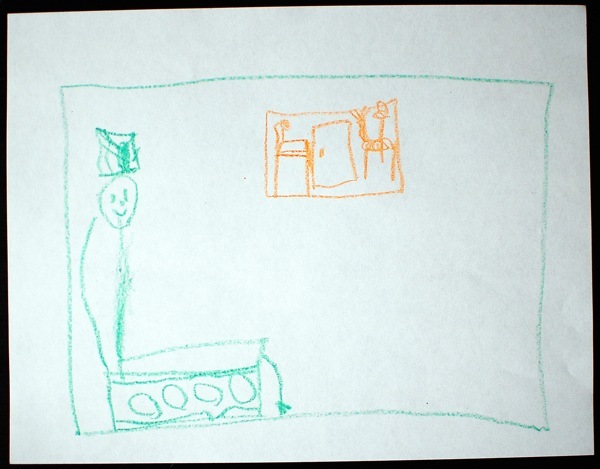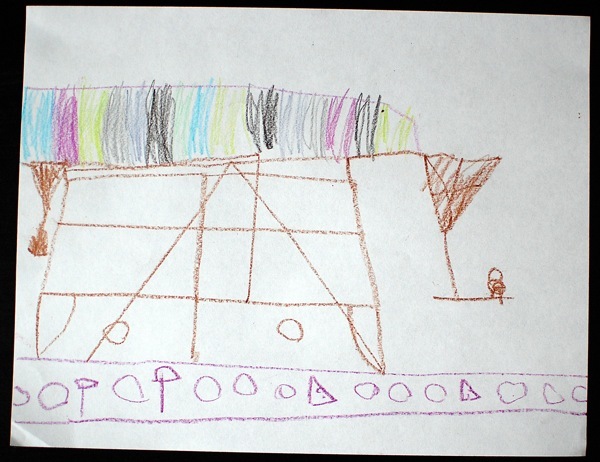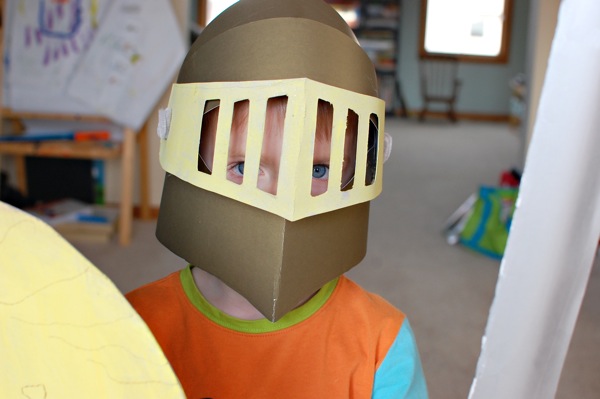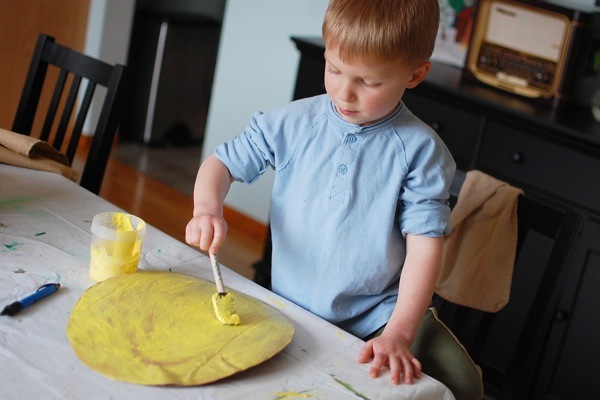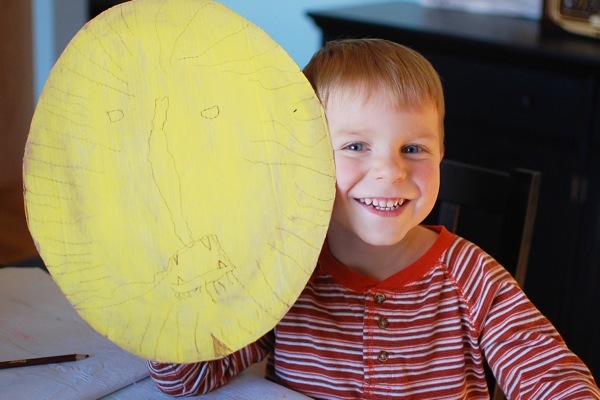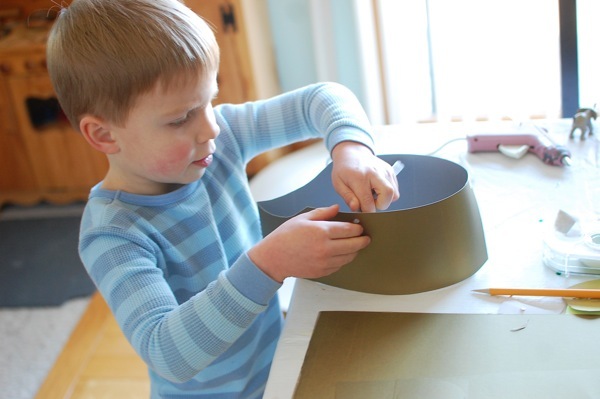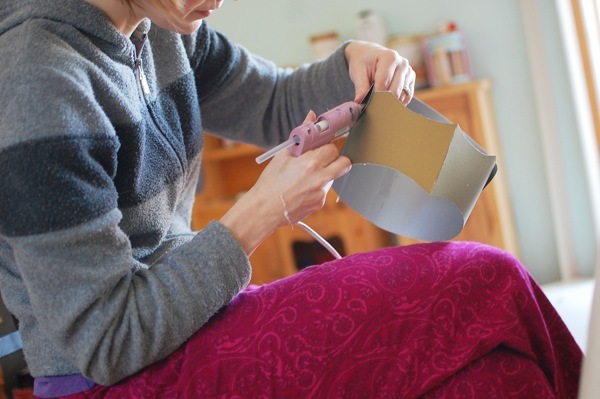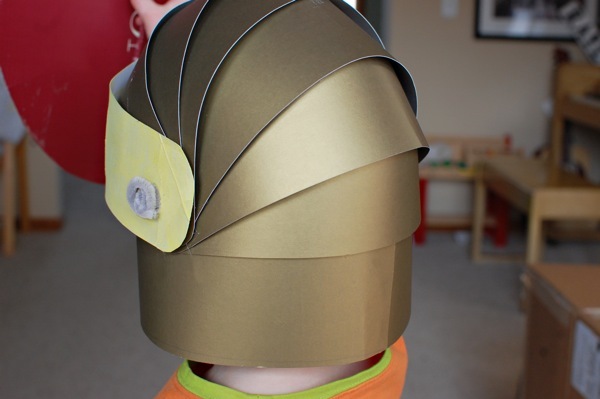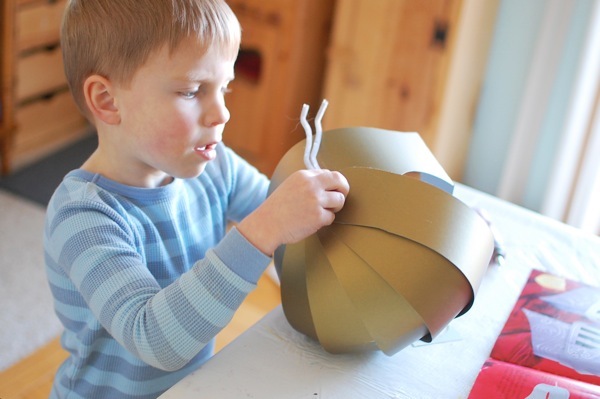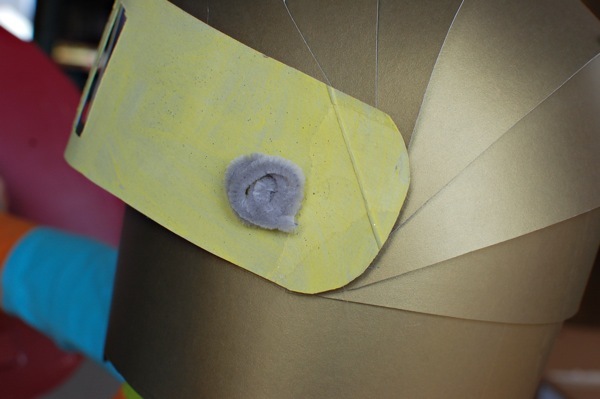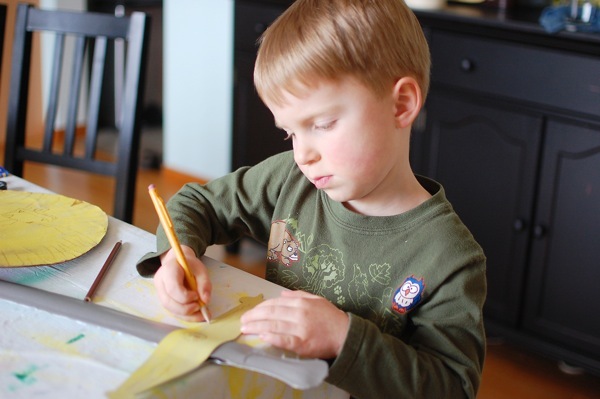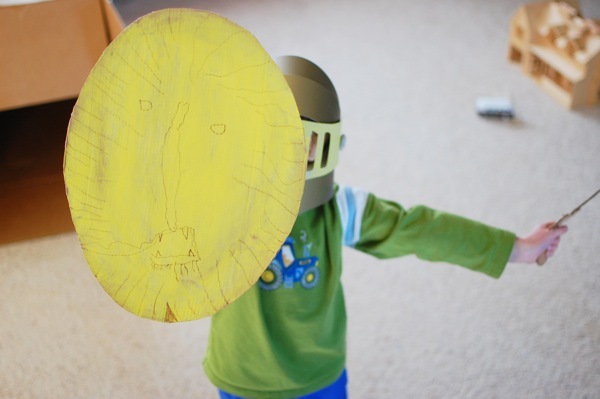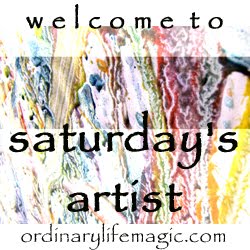Exploring the Middle Ages
The Middle Ages, March 21–April 15
This started out as a look at the renaissance, and before that it was going to be a FIAR look at The Clown of God, by Tomie dePaola, but neither of us liked the book and Calvin was more excited about the concept of the middle ages (especially knights) than about the renaissance, so that's where we ended up. I think this was my favorite exploration so far, or maybe I'll be saying that every time. I hope so.
A note about our book lists: we are not librarians or experts in the field, and while I make some book choices based on recommendations from people who are one of the above, more often than not we simply use that we happen to have in our collection, or books we come across at the library. Many of the books that we have in our collection are odd-balls and aren't easily tracked down elsewhere, but I list them here because similar books are always easy to come by.
Topics of focus:
Medieval life
Europe (England, France, Italy)
Timelines, and math counting concepts up to the thousands
Medieval castles and cathedrals
Antique glass blowing
Knights
Vocabulary—castle, knight, jester
A peek at the Renaissance
Book list:
Cowardly Clyde, by Bill Pete
The Knight at Dawn (Magic Tree House #2)
Knights and Castles (Magic Tree House research guide)
Don Quixote and the Windmills, by Eric Kimmel
Don Quixote and Sancho Panza, by Margaret Hodges
King Arthur, by Howard Pyle
King Arthur’s Knight Quest, by Andy Dixon and Felicity Brooks
Parliament of the Fowles, Geoffrey Chaucer (downloadable resource)
A Chaucer Reader, selections from Canterbury Tales, by Geoffrey Chaucer, Charles Dunn editor
Saint George and the Dragon, by Margaret Hodges
Medieval Life (DK Eyewitness)
Built to Last, by David Macaulay
Knights and Castles, Things to Make and Do (Usborne)
Arms and Armour, by Ewart Oakeshot
Video list:
The Art of Making Glass, part 1 (YouTube)
The Art of Making Glass, part 2 (YouTube)
Activity list:
Building a castle from cardboard
Making knight’s armor from poster board
Make-believe play (of course!)
Drawing and labeling castles, knights, etc.
Illustrating the glass making process
Writing about the middle ages (I suggested a story, he wrote a factual summary)
Playing chess
Playing The Great Mammoth Hunt
Listening to Renaissance music (thank you Pandora)
And he assembled a folder about the middle ages. Really he just wanted a place to keep all his artwork and writing because, as he put it, he might want to look back at it some day. I am sure he got the idea from previous lap-book style folders I've had him make, both for Katy and the Big Snow and for The Two Cars, but I like it this way better: his own idea, his own impetus, all his own work.
 Unit Studies | tagged
Unit Studies | tagged  middle ages
middle ages 




